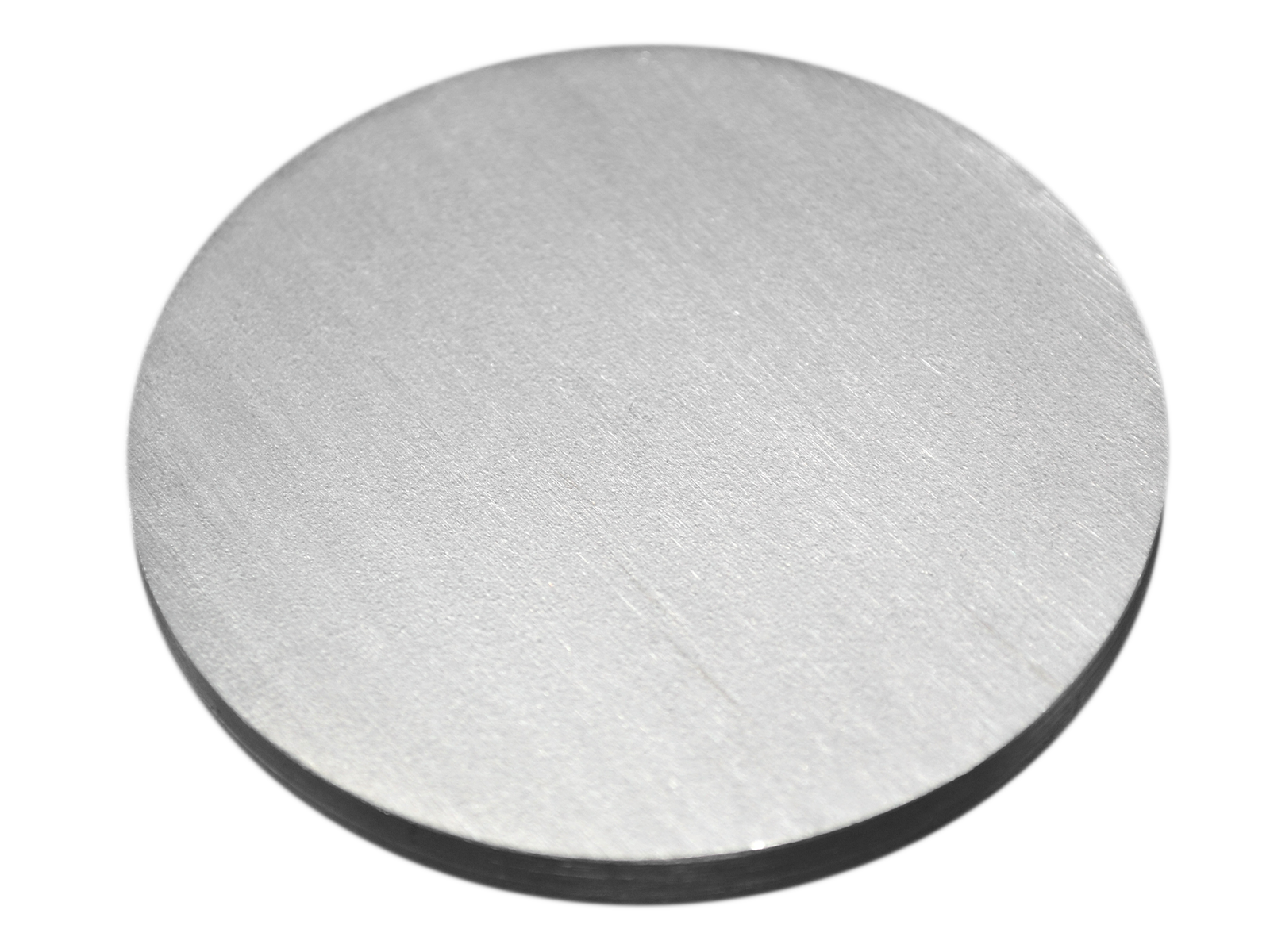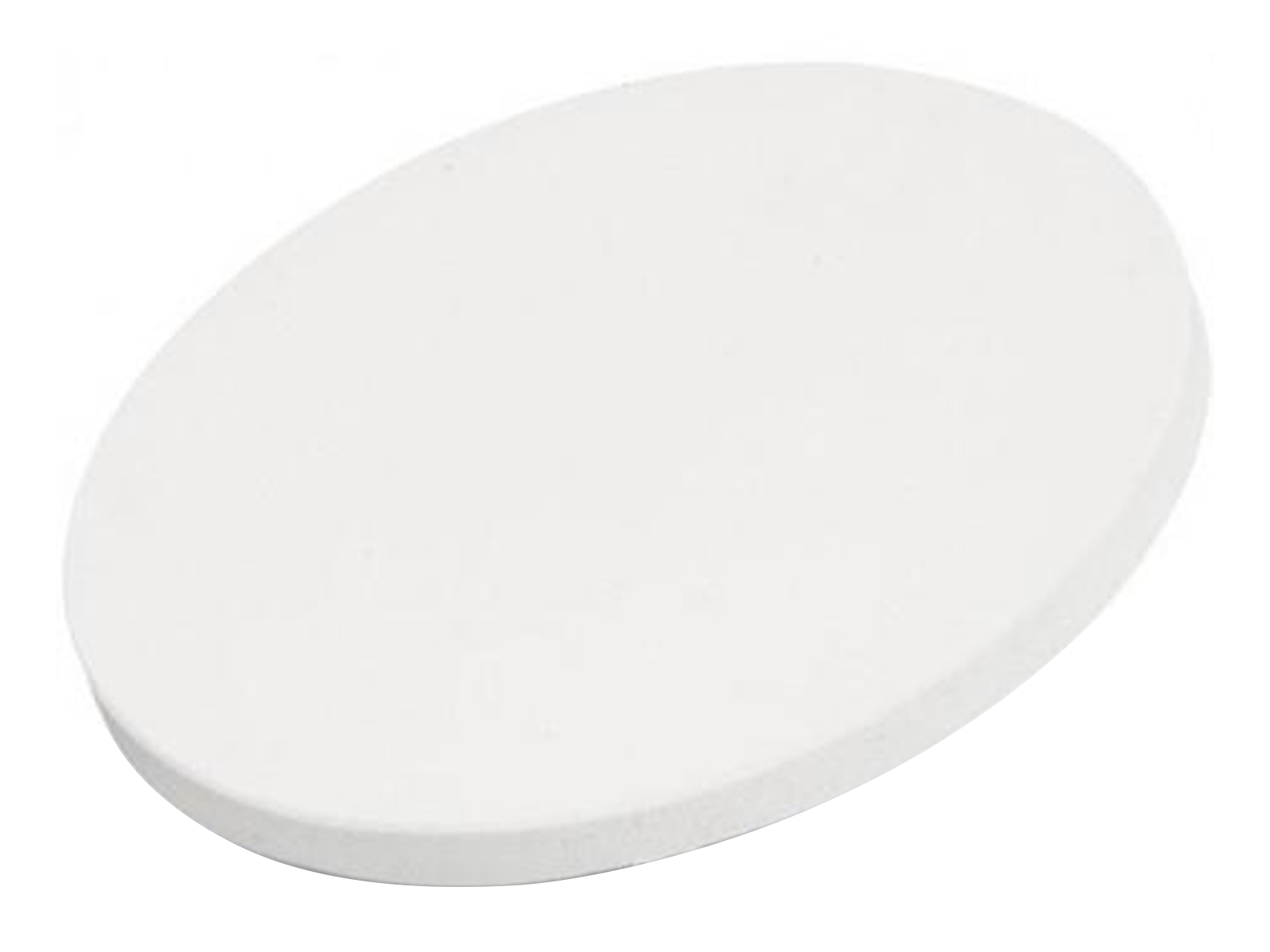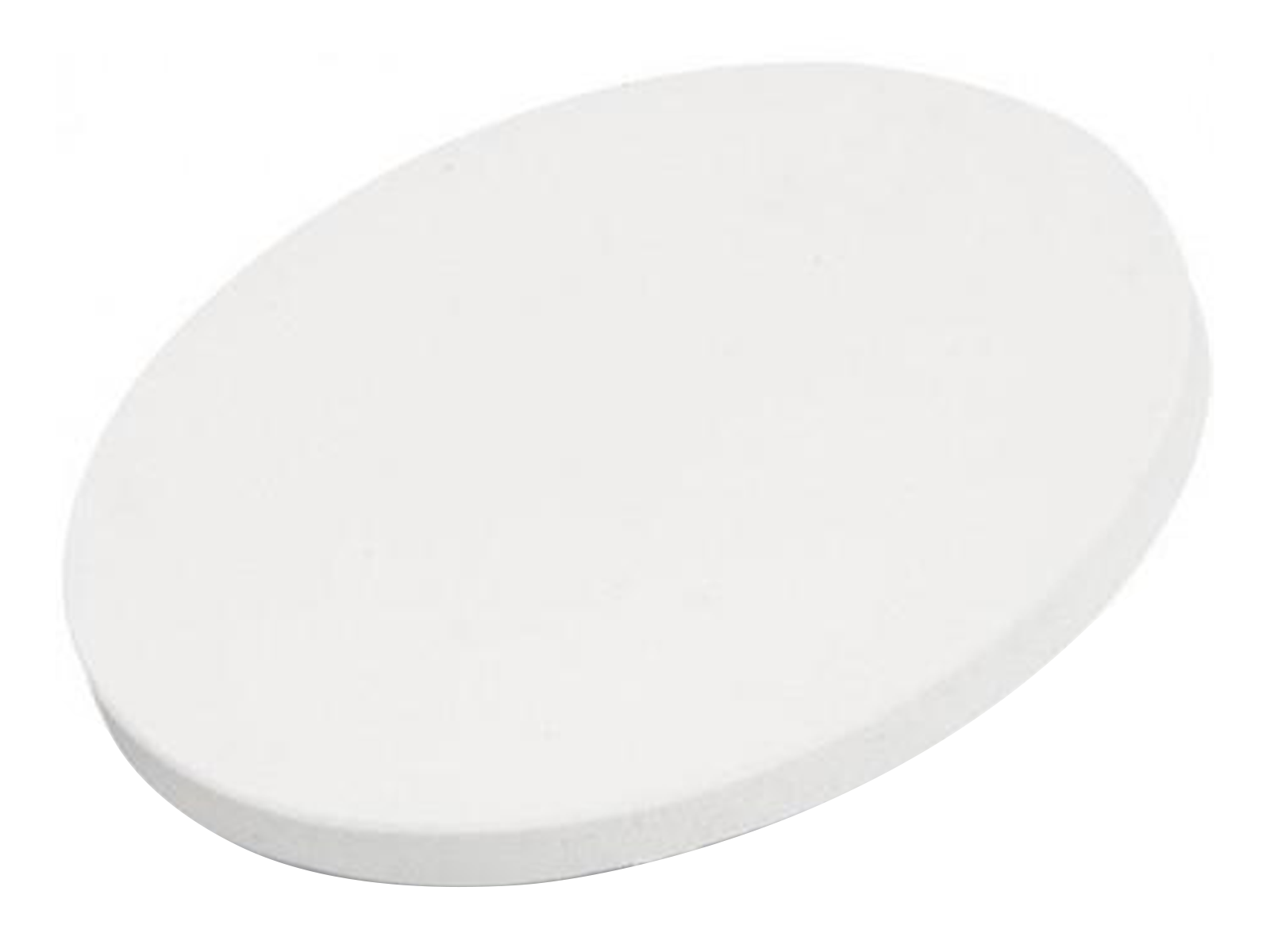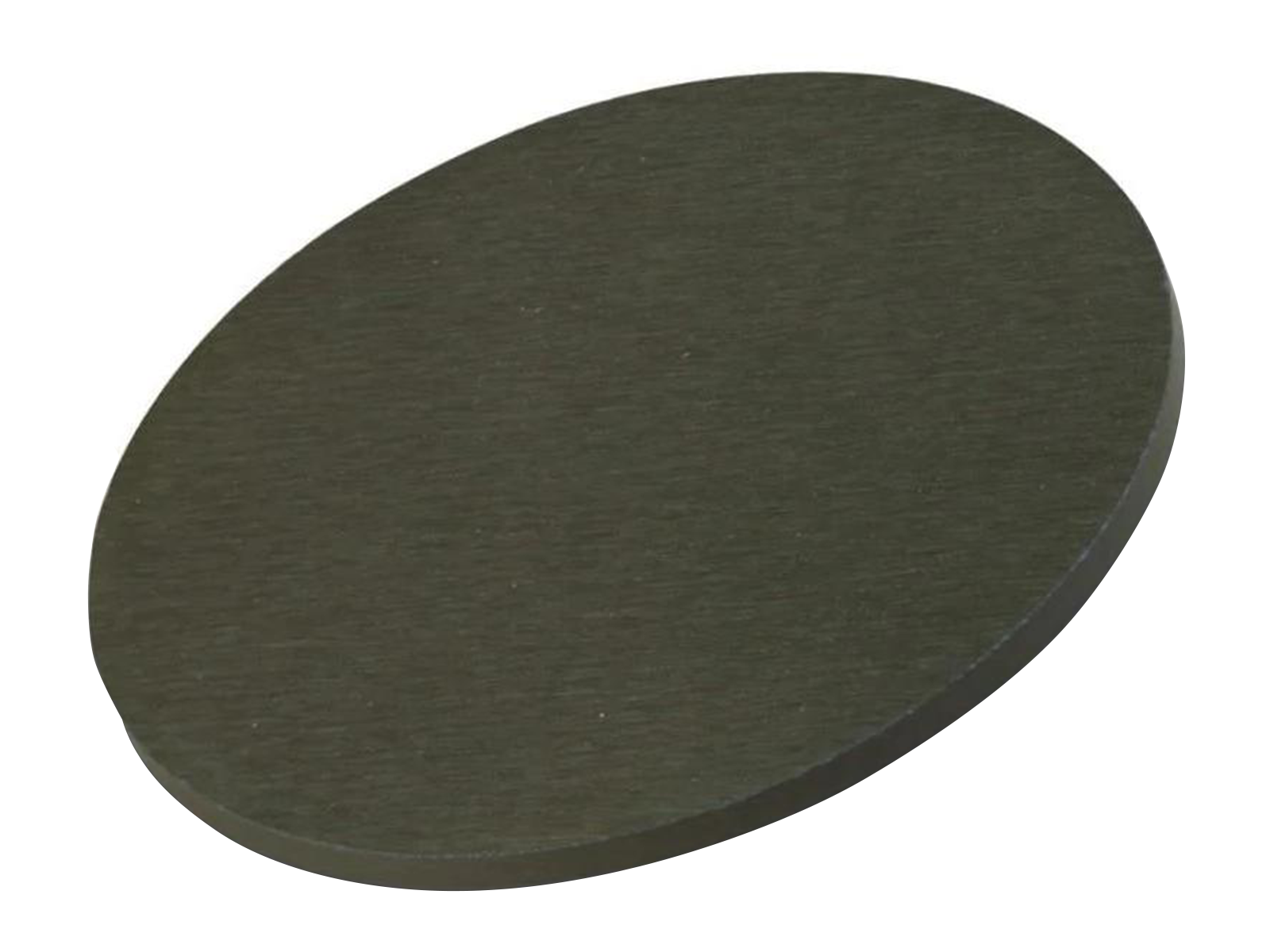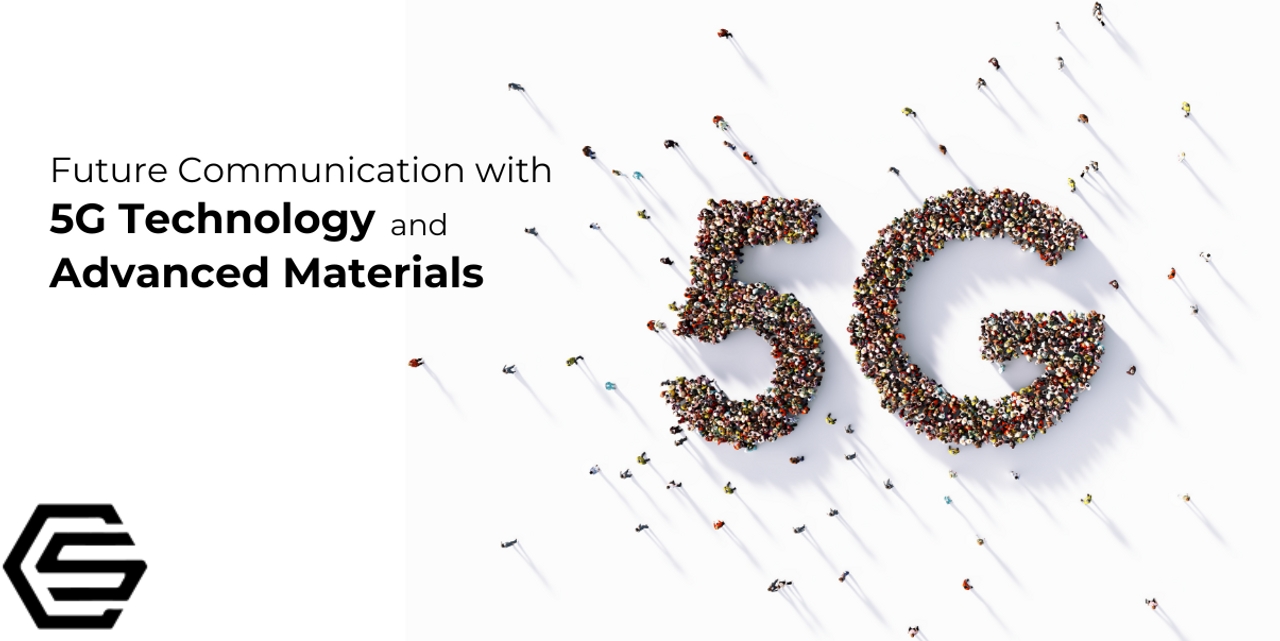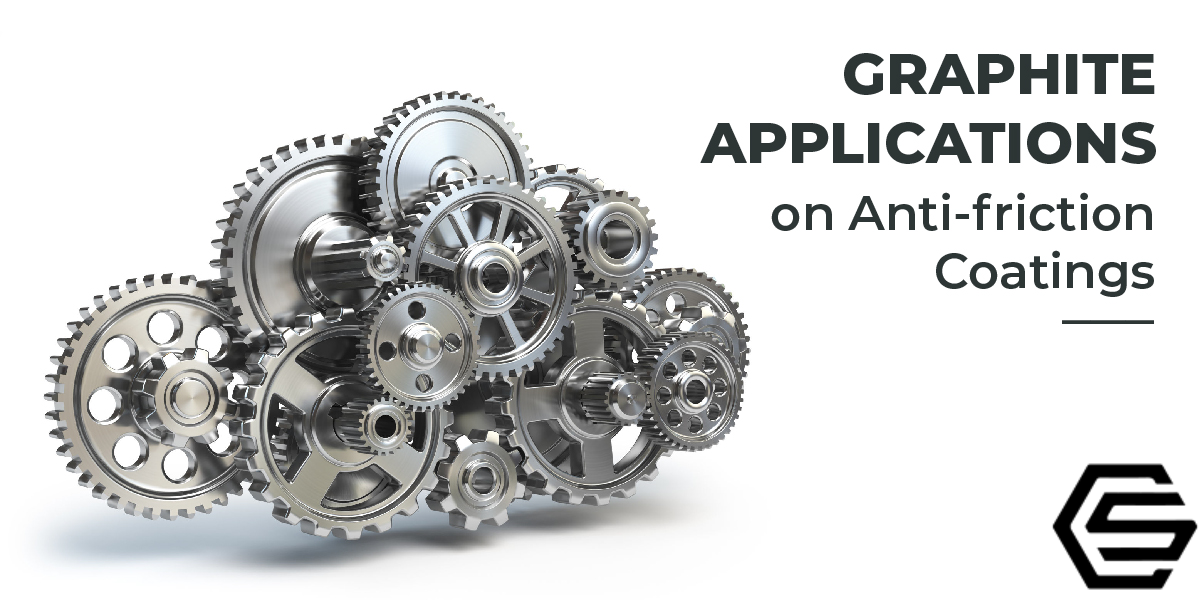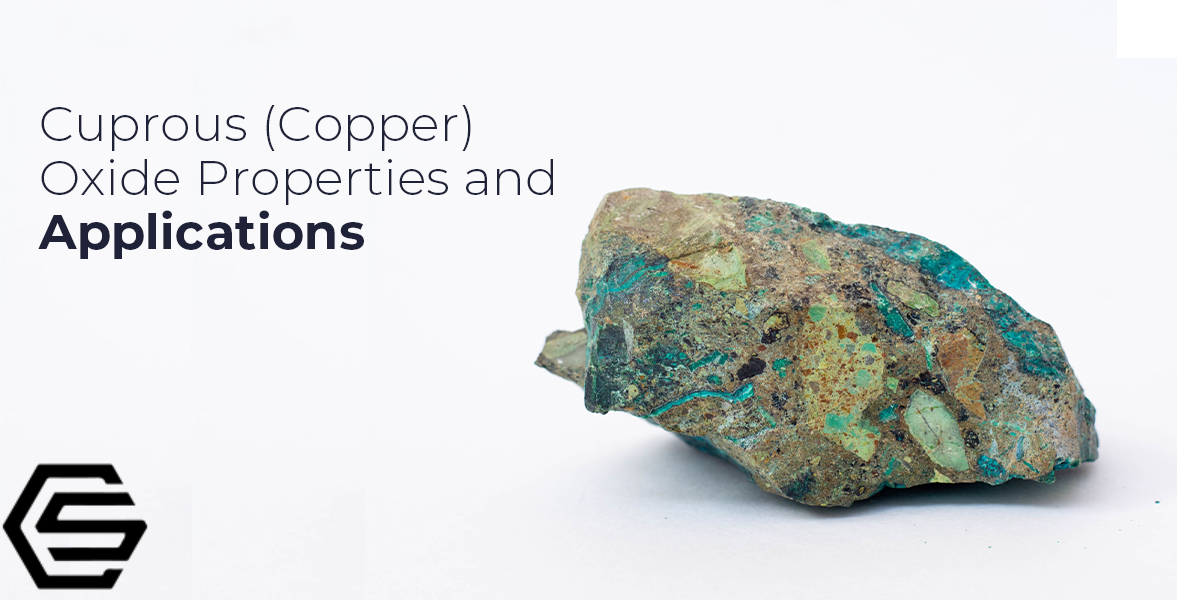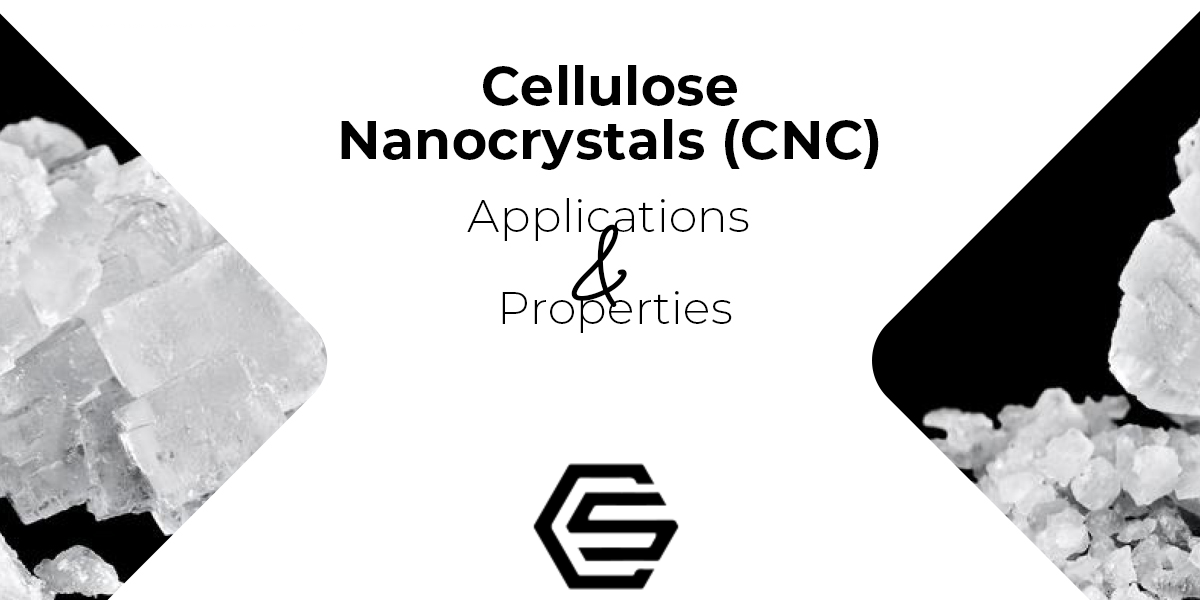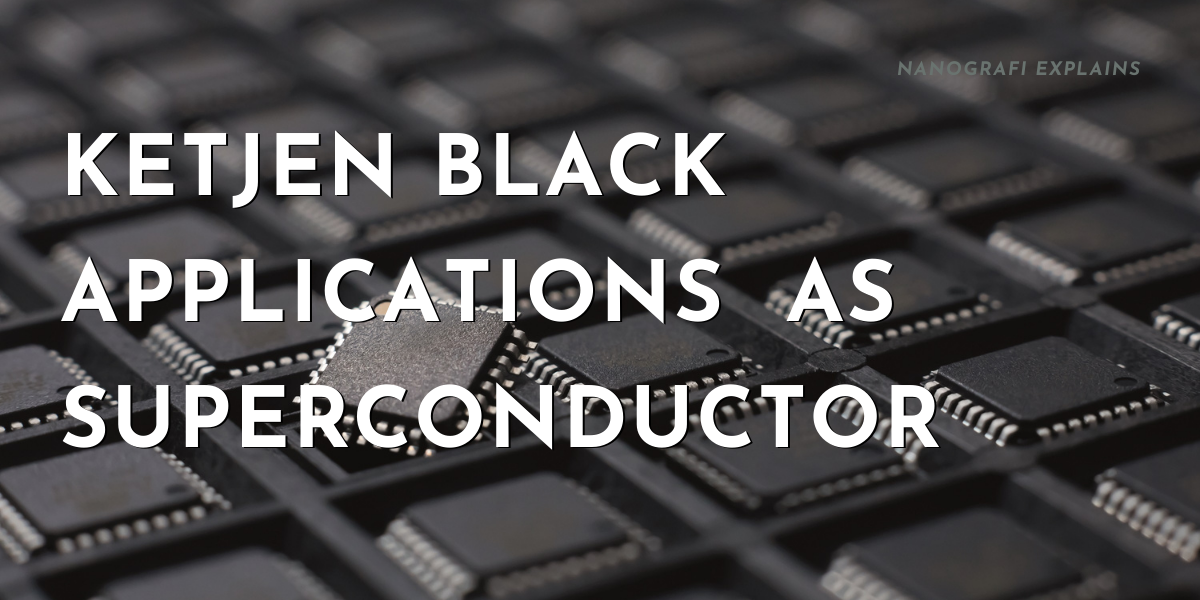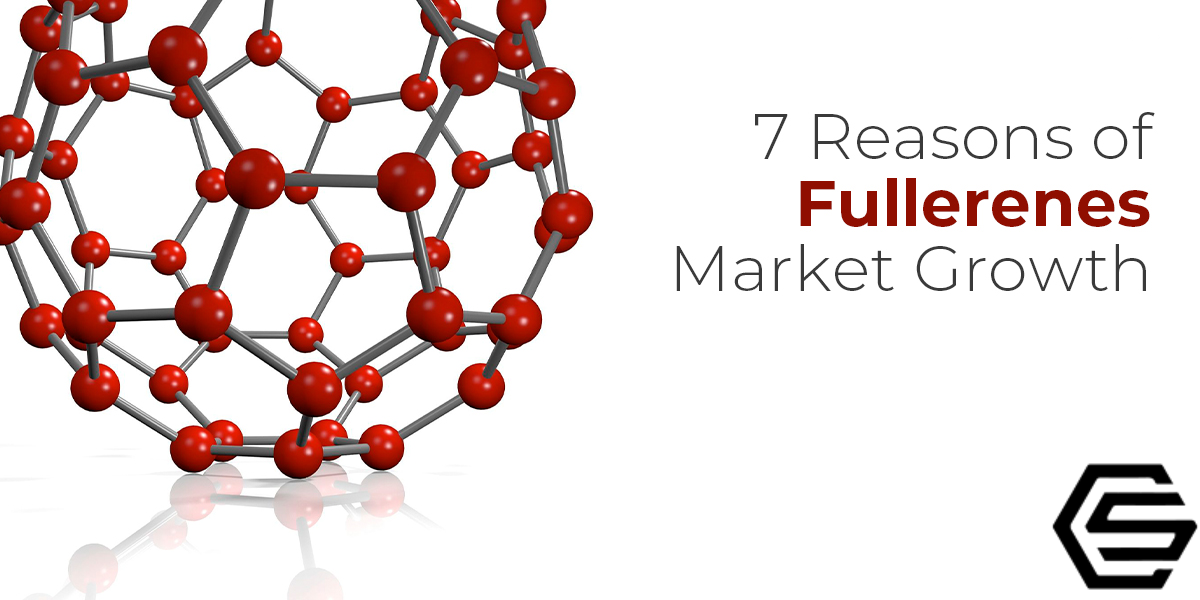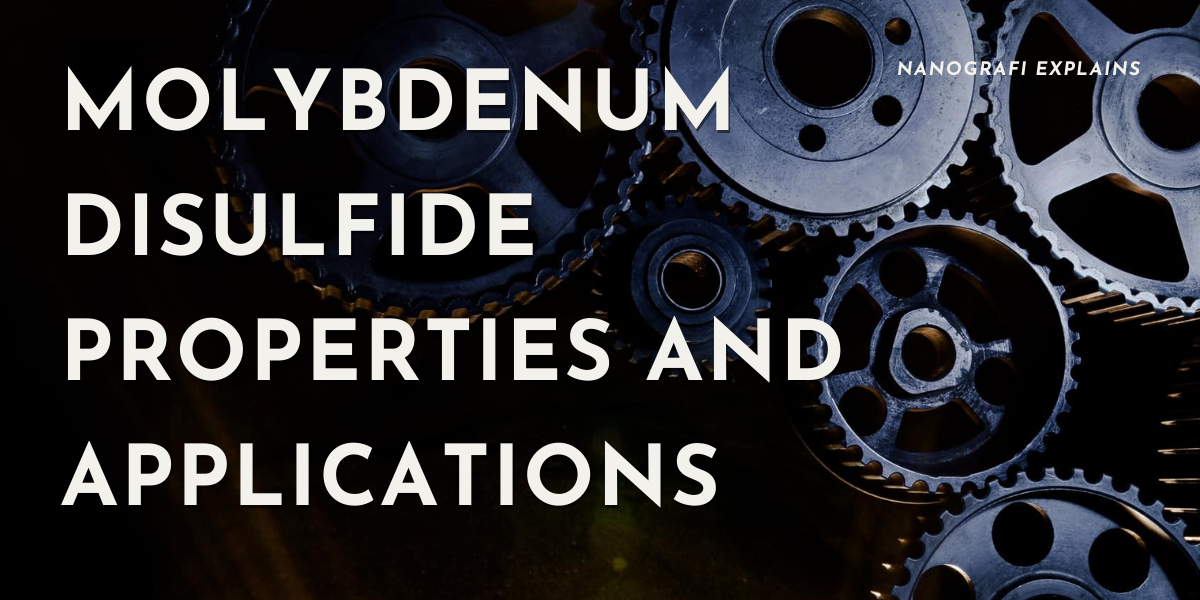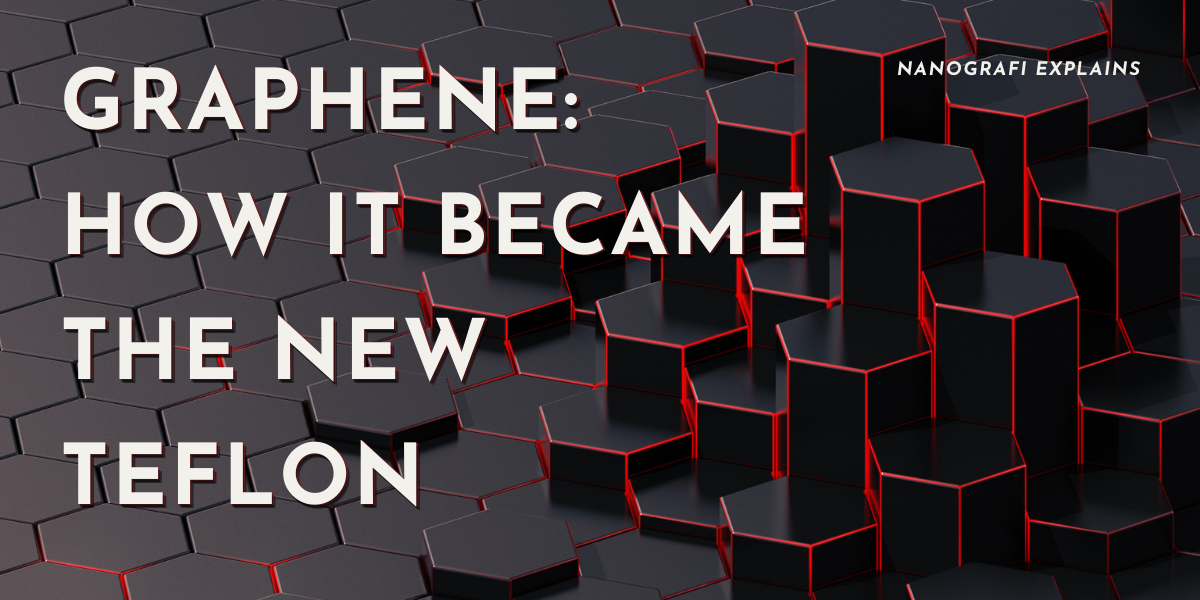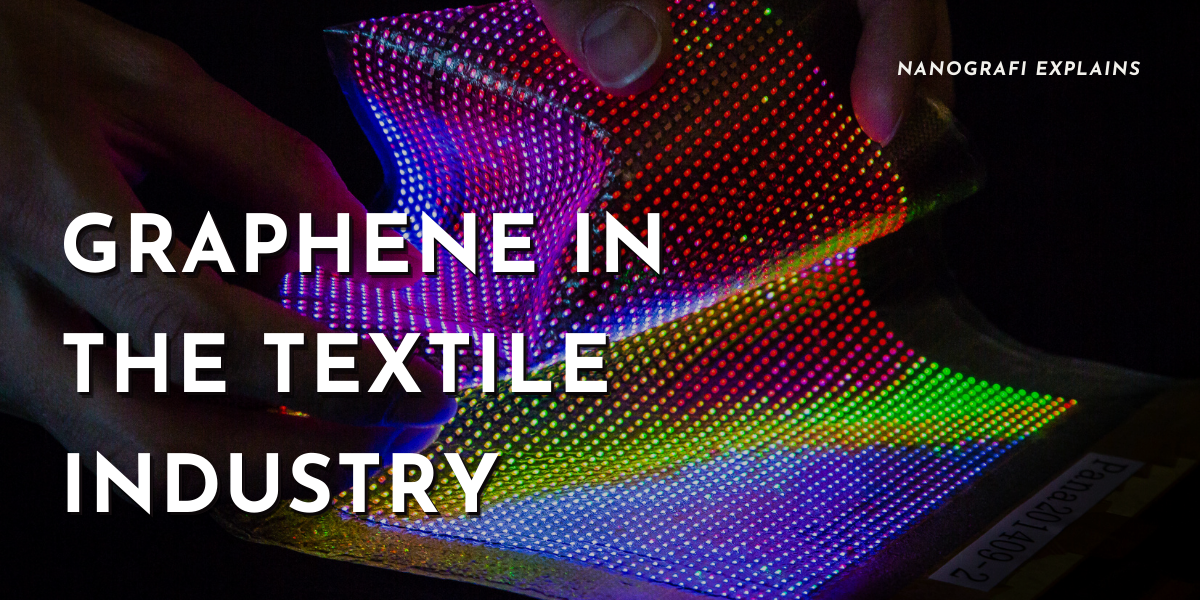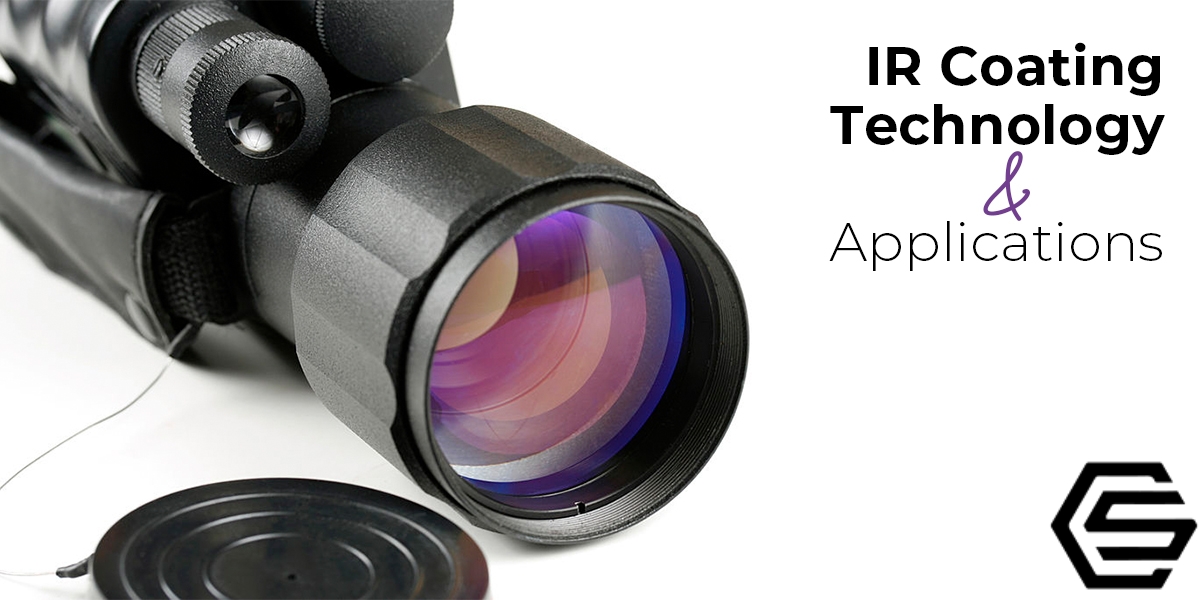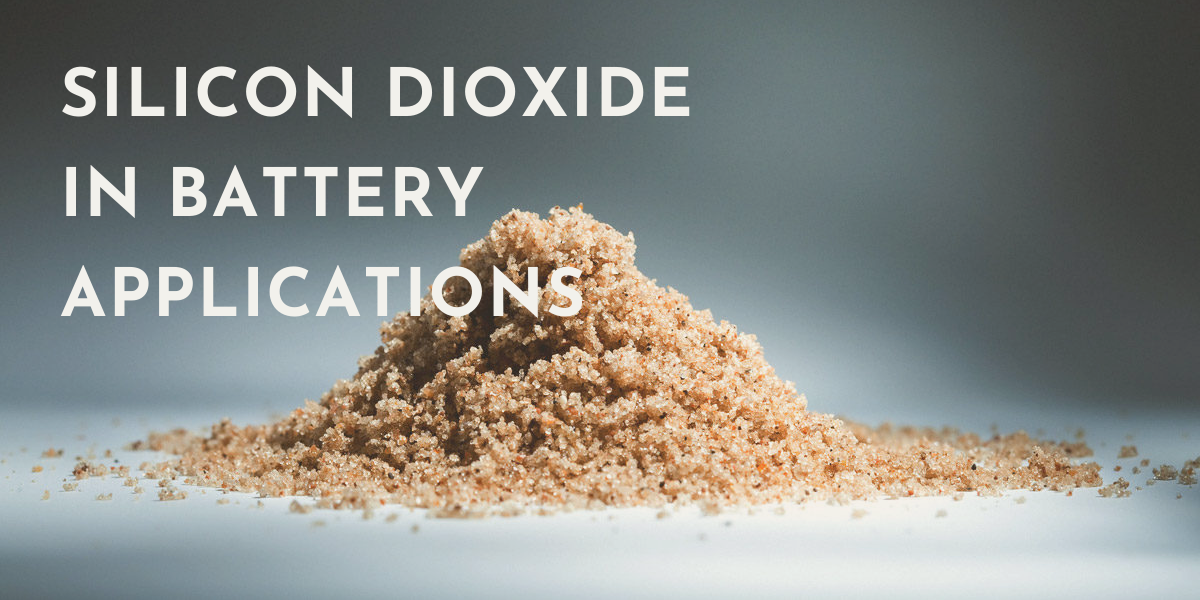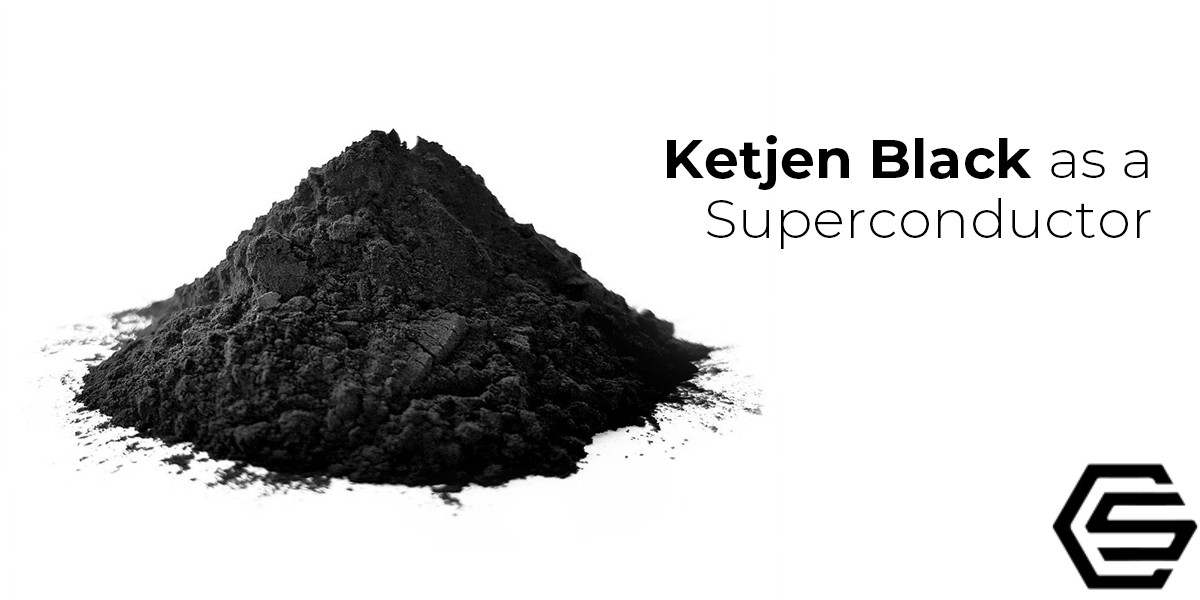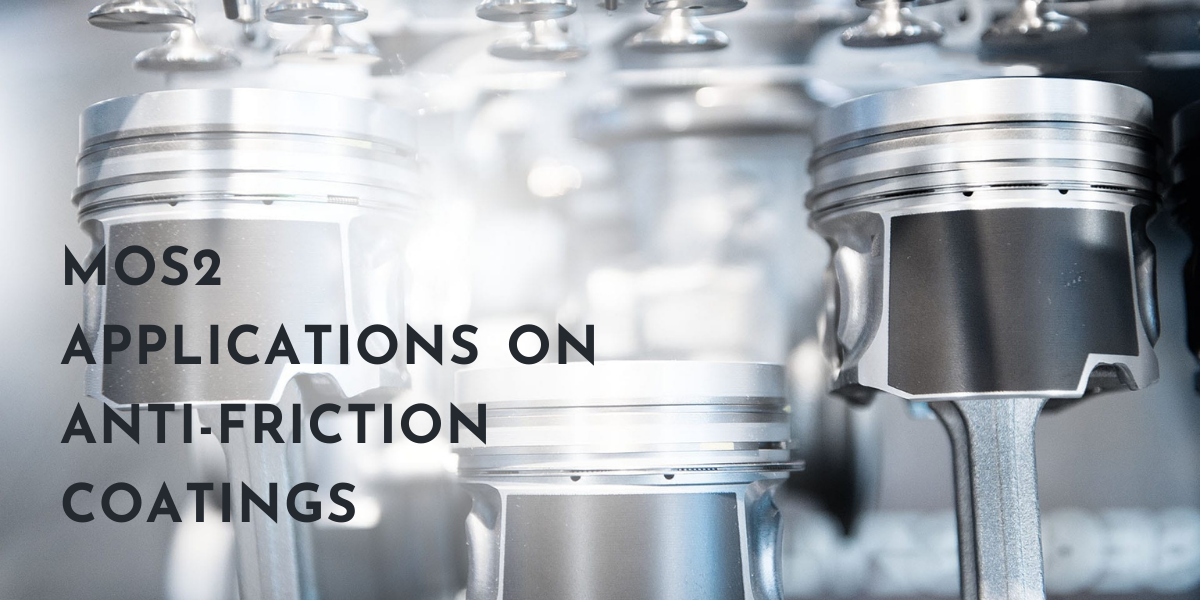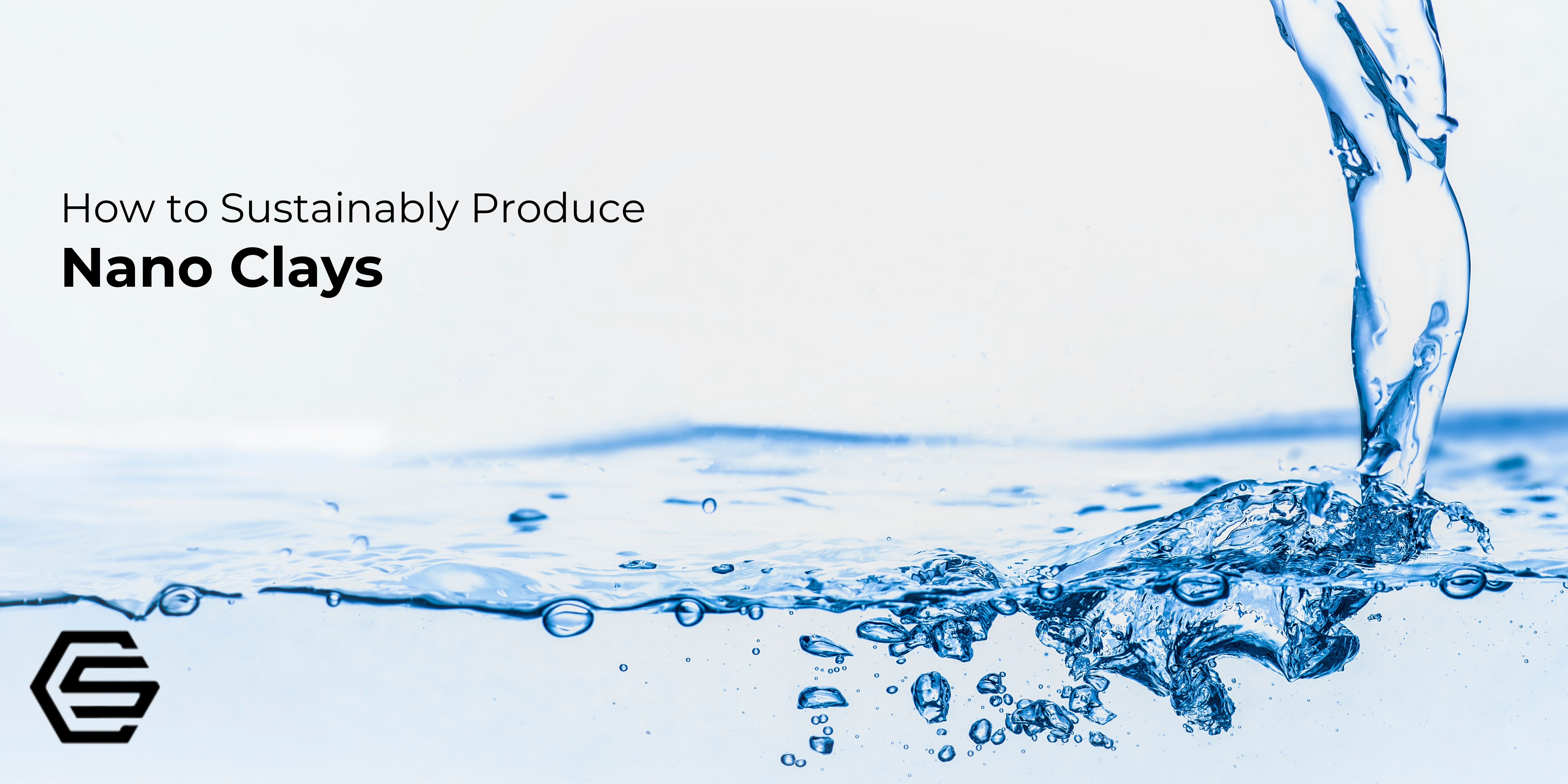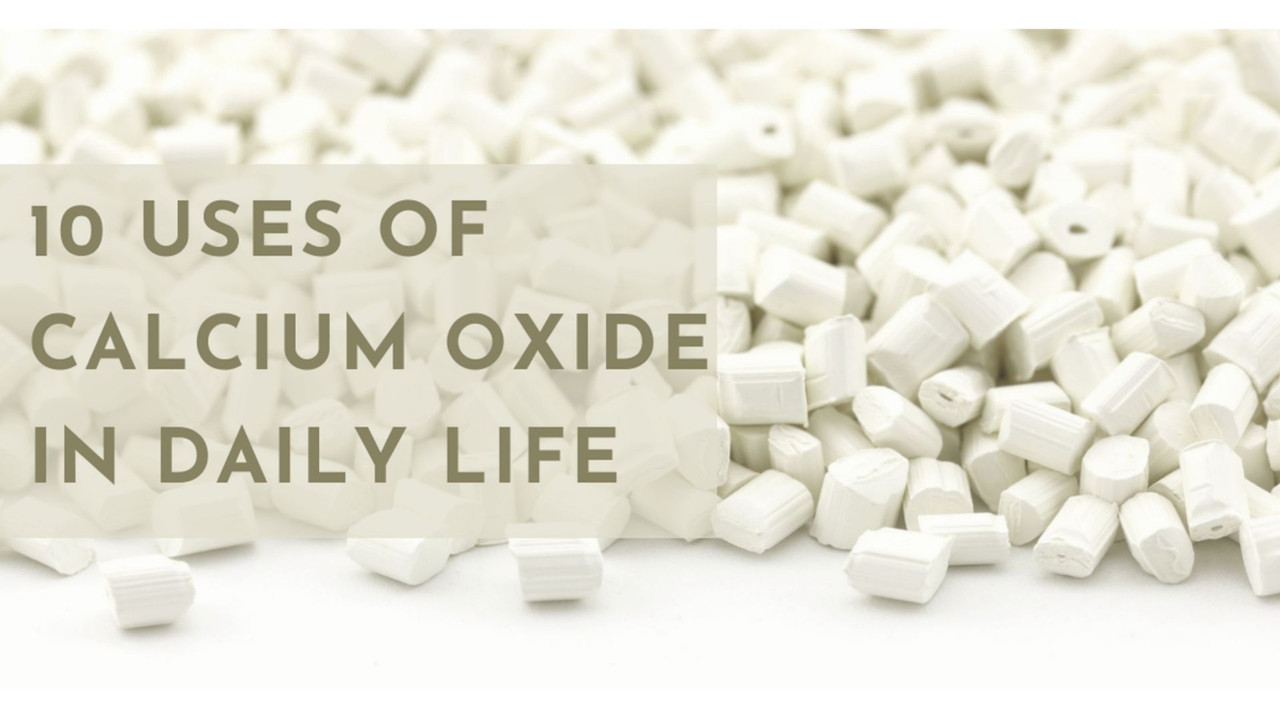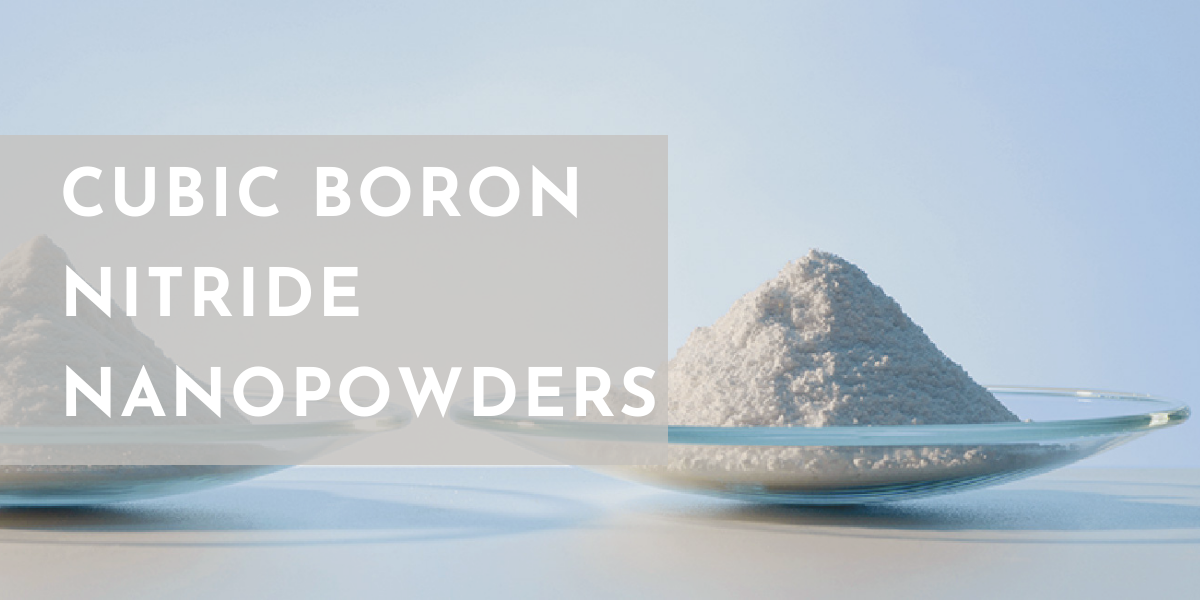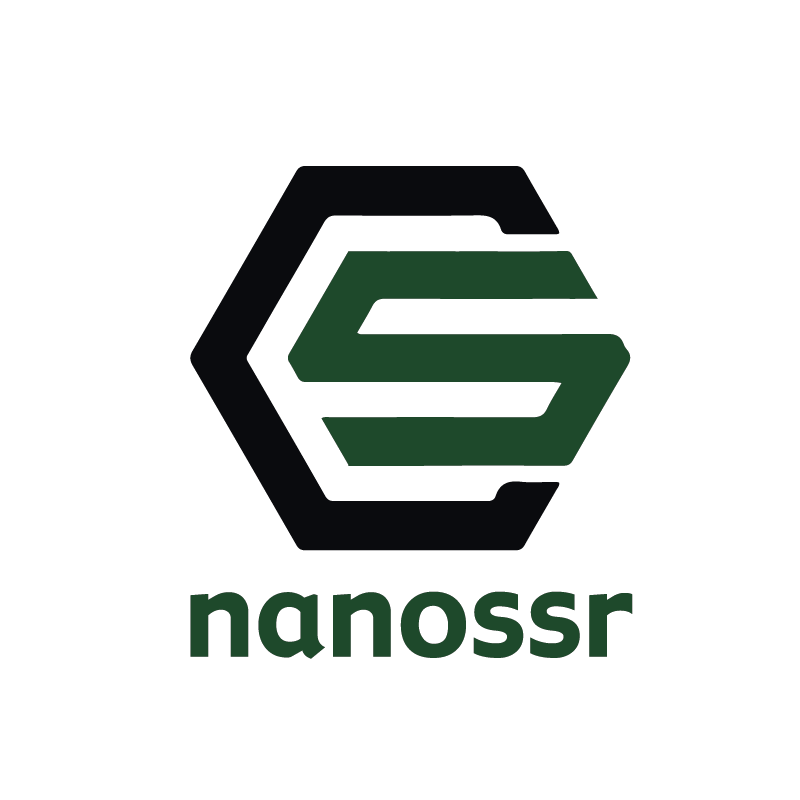Order Indium bonding on a copper (Cu) backing plate service together with custom-made sputtering targets to get ready-to-use turn key solutions.
- To provide a complete solution, oxygen-free copper backing plate and Indium bonding services are available for each NANO PRO sputtering targets offered by NANOSSR.
- Standard 1/8" thick (3.175mm) and 2mm thick oxygen-free high conductivity (OFHC) Cu backing plate are available. Other thickness or size and designs are also available upon request.
Features of Indium Bonding for Sputtering Targets
Indium is the preferred method for bonding sputtering targets because it has the best thermal conductivity of all available bonds and is the most efficient at drawing heat away from the target. Indium is also more malleable than other bonding solders and therefore it is more forgiving. The softer solder allows some "give" when the target expands at a different rate than the backing plate. This reduces cracking that is caused by mismatch in the thermal expansion coefficients of the target and backing plate. The main limitation of the indium bond is the melting temperature of the indium solder. Indium has a melting point of 156.6°C so temperatures in excess of 150°C will cause the bond to melt and fail. Most materials can be indium bonded but there are a few exceptions.
Specifications Table
| Maximum Operating Temperature (°C) | 150 |
| Thermal Conductivity (W/m.K) | 83 |
| Coefficient of Thermal Expansion (K-1) | 32.1 x 10-6 |
| Electrical Resistivity (ohm-cm) | 8 x 10-6 |
| Bond Coverage | >95% |
| Bond Line Thickness | 0.010" +/- 0.003" |
Benefits of Bonding Sputtering Targets
- A material can transfer heat through its thickness faster when the material is thinner. For most sputtering R&D guns, the thickness of the target is reduced to half when it is bonded to a backing plate because the gun has a maximum thickness allowance. The copper backing plate comprises the other half of the thickness. The thinner target can cool more effectively than a thicker target because the distance that the heat generated on the surface of the target has to travel to reach the cooled side is reduced.
- A ceramic material can cool more efficiently when bonded. The target is in intimate contact with the conductive solder layer which draws the heat from the target surface and into the copper backing plate. The copper backing plate is in contact with the water cooled gun so the heat is transferred through both pieces of copper and is removed through the cooling water.
- Some ceramic sputtering targets will crack during sputtering due to thermal shock regardless of whether the target is bonded or the ramping procedure used to condition the target. Bonded targets can usually continue to be used even after a target crack occurs, where typically an un-bonded target cannot.



